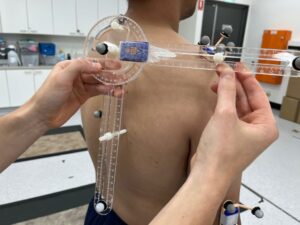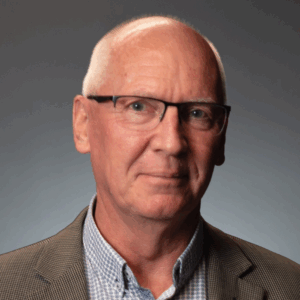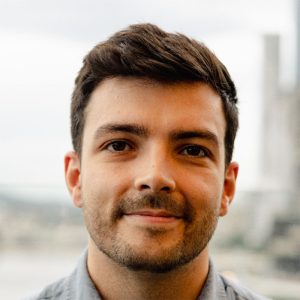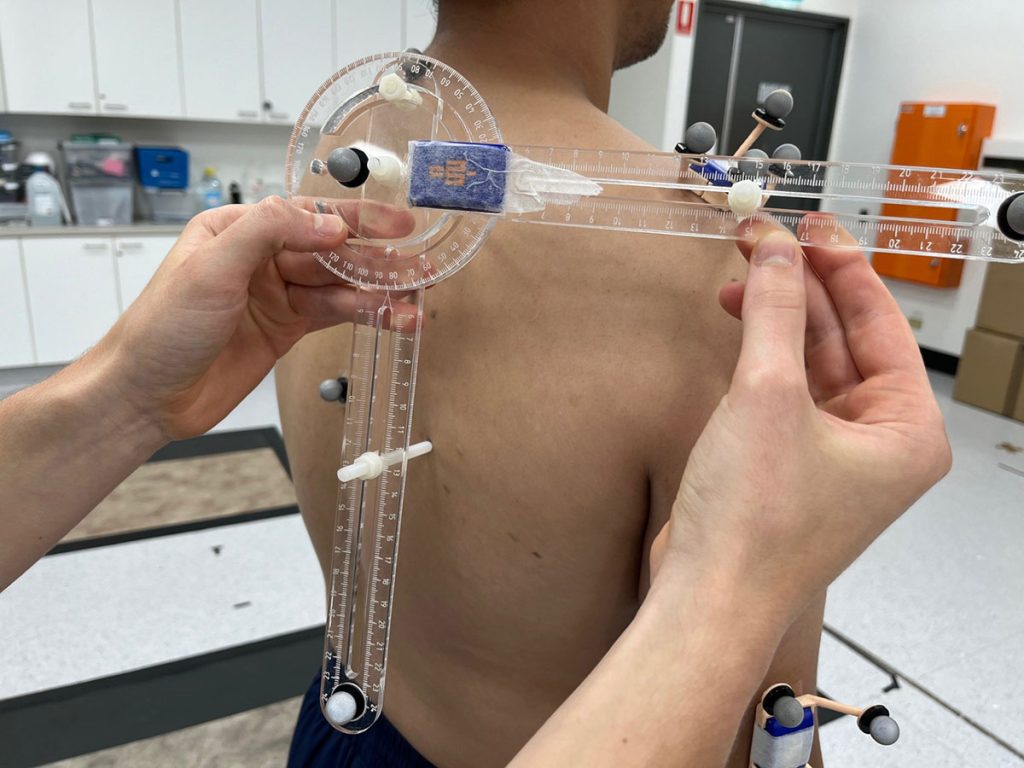
Collaboration Powering Shoulder Biomechanics
The ARC Training Centre for Joint Biomechanics in Brisbane is building something innovative: a pipeline where cutting‑edge motion capture meets patient‑relevant science. Since 2021, Logemas, a motion-capture integrator and life sciences equipment specialist, has been an industry partner to the centre: a major collaboration between QUT, UNSW and UQ funded by the Australian Government and industry partners through the ARC Industrial Transformation Training Centre Program. That partnership has become the quiet engine behind a string of advances led by Chief Investigator Professor Graham Kerr and Dr Maxence Lavaill, translating laboratory precision into clinical promise.
From Ground Truth to Clinical Reality
When research asks hard questions, the answers need a benchmark. In human movement science, marker‑based motion capture remains the “ground truth” for dynamic 3D position and orientation. The centre relies on Logemas‑supplied Vicon systems to validate new and repurposed technologies, ensuring that phone‑based 2D pose methods, inertial measurement unit (IMU) pipelines and ultrasound‑derived bone tracking all stand up against the best current standard. That rigor does more than generate tidy graphs; it earns trust for tools that will ultimately guide clinical decisions.
Just as important is turning real motion into living models. The team records participant‑specific movement data to drive anatomically accurate, MRI‑informed digital models of the shoulder complex, structures that cannot be directly observed in motion, like bone and soft tissues. Rather than manipulating each joint by hand, they let captured human motion feed the model, revealing tissue behavior through lifelike simulations.
Synchronised Systems, Seamless Science
With Vicon Lock and Nexus software, the lab synchronises data across modalities without friction. Up to eight unique sync signals can be distributed, and 64 analog inputs can ingest triggers from third‑party devices to start or stop motion capture—even when no markers are recorded. The software also integrates directly with force plates, EMG, IMUs and even eye‑tracking through plugin support, making multi‑sensor experiments routine rather than heroic. That orchestration turns complex protocols into dependable workflows and gives researchers confidence that every millisecond lines up.

Research Impact
Professor Graham Kerr, Chief Investigator of the Training Centre, highlights how this collaboration accelerates progress:
“Logemas has provided excellent support for all facets of motion capture including Vicon, IMUs, EMG, force plates and markerless video systems. The close synergy with Logemas has ensured efficient data capture and processing across several projects.”
For Dr Maxence Lavaill, the collaboration was formative: “Yes, it definitely was critical! Without support from Logemas, I could not have done my PhD. Half of my PhD studies was based on experimental measurements undertaken in the motion capture lab. Logemas trained me from the start of my research and supported me throughout”

Turning Capability Into Outcomes
At QUT’s Kelvin Grove motion capture lab (Q block), Lavaill recorded healthy participants performing basic, clinical and daily‑life shoulder motions to build a database that drives innovative MRI‑based musculoskeletal models. Surface EMG via Cometa both powers and validates these models, matching muscle activations to kinematics for a more faithful picture of shoulder function. More recently, the team used Vicon to establish ground‑truth position and motion in a cadaveric study, comparing those results with ultrasound‑based bony measurements. That kind of cross‑modality validation helps new clinical tools mature faster.
Industry impact is already visible. With Logemas technology in hand, the centre secured external collaborations and funding, validating a shoulder pose tracking algorithm from Zimmer Biomet against Vicon 3D motion capture. When companies bring ideas and labs bring proof, patients benefit sooner.
Programs, People and a Growing Ecosystem
From the outset, the centre organised its work across four programs. Logemas technology has been fundamental to Program 1, In‑Silico Upper Extremity Modelling and Simulation, and also to Program 4, supporting translation‑focused studies like clinical assessments and cadaveric validation. The other streams: Program 2 (Robot Assisted Testing and Surgery, led by A/Prof Saulo Martelli) and Program 3 (Optimised Tissue‑Engineered Scaffolds, led by Prof Justin Cooper‑White), round out a comprehensive agenda that spans devices, biology and computation.
The skills this partnership fosters are durable. “Absolutely,” Kerr says when asked if he’ll continue using Logemas beyond centre projects. Lavaill adds that the competencies are “highly sellable,” noting plans for a portable motion capture system to support biomechanical and cadaveric experiments, patient outcome assessments, and undergraduate teaching.

